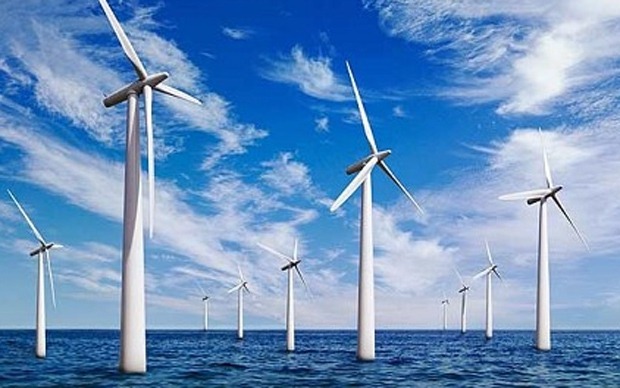EU´s statistics office Eurostat reported last week that the share of renewables in energy consumption in the EU increased to 16 % in 2014. In 2004, the first year for which data is available, the percentage was 8.5 %. With this continuous increase in the use of renewable energy the 20 % target set for 2020 will likely be achieved.
Member states have already agreed on a new EU renewable energy target of at least 27% by 2030.
Renewable energy sources, also called renewables, are energy sources that replenish or renew themselves naturally. Biomass is currently the dominant renewable, followed by hydropower, liquid biofuels and wind power.
As regards power plants for generating electricity, hydropower plants generate by far the largest share of electricity from renewable energy sources. Electricity generation from other renewable sources such as wind power and solar energy is however expanding.
Since 2004, the share of renewable sources in gross final consumption of energy has grown significantly in all Member States. Compared with a year ago, it has increased in 24 of the 28 member states. However, the share of renewables varies widely by country and some member states are lagging behind in reaching their national targets.
With more than half (52.6%) of energy from renewable sources, Sweden had by far in 2014 the highest share, ahead of Latvia and Finland (both 38.7%), Austria (33.1%) and Denmark (29.2%). Belgium is on 16%.
At the opposite end of the scale, the lowest proportions of renewables were registered in Luxembourg (4.5%), Malta (4.7%), the Netherlands (5.5%) and the United Kingdom (7.0%).
Each EU member state has its own Europe 2020 target. The national targets take into account the Member States' different starting points, renewable energy potential and economic performance.
Among the 28 EUmember states, a third has already reached the level required to meet their national 2020 targets: Bulgaria, the Czech Republic, Estonia, Croatia, Italy, Lithuania, Romania, Finland and Sweden. Moreover, Denmark and Austria are less than 1 percentage point from their 2020 targets.
At the opposite end of the scale, France (8.7 percentage points from reaching its national 2020 objective), the Netherlands (8.5 pp), the United Kingdom (8.0 pp) and Ireland (7.4 pp) are the furthest away from their targets.
The Brussels Times

